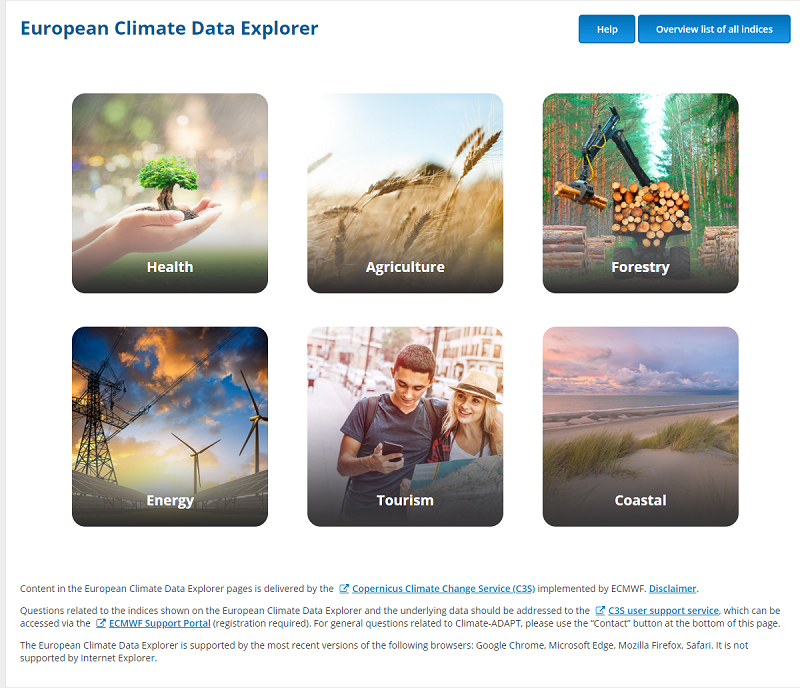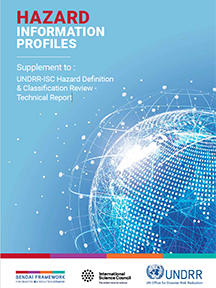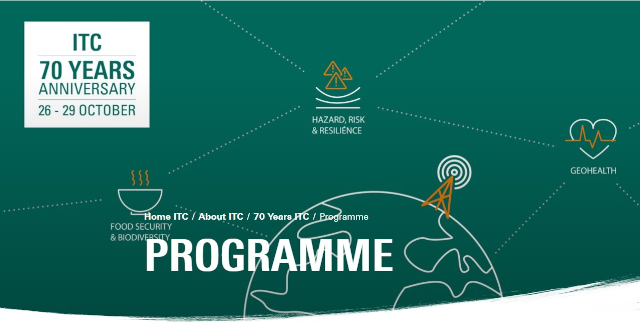The European Climate Data Explorer is a graphical user interface on Climate-ADAPT that provides interactive access to many climate indices from the Climate Data Store of the Copernicus Climate Change Service (C3S). Doing so, it makes the broad range of relevant data and information in the C3S Climate Data Store available to policymakers and other stakeholders without the technical expertise needed to navigate the C3S Climate Data Store.
The current version of the European Climate Data Explorer already includes several climate indices related to human health. They showcase the potential of cooperation between the EEA and C3S in providing quality-controlled information that is relevant for the users of the European Climate and Health Observatory.















